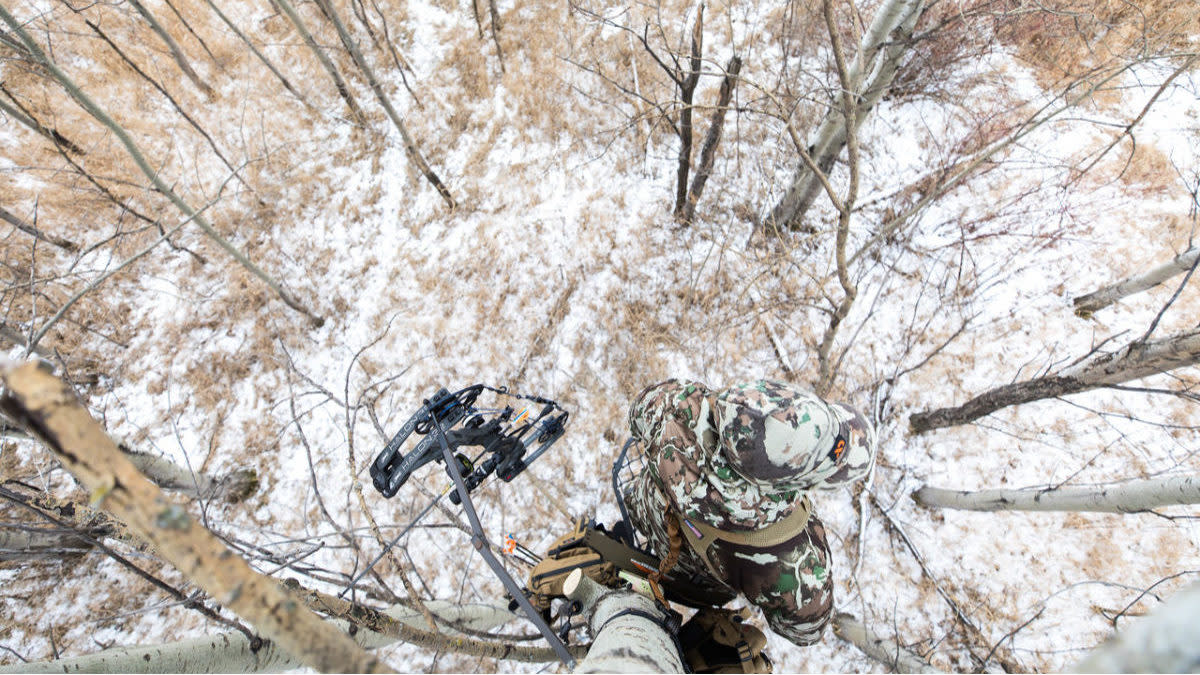
Myths, lies and old wives’ tales loom large in the outdoor pursuits. Here at MeatEater, we’re dedicated to separating facts from bullsh*t, so we created this series to examine suspect yarns. If there’s a belief, rumor or long-held assumption you’d like us to fact check, drop us a note at factchecker@themeateater.com.
Claim
The Farmers’ Almanac and Old Farmer’s Almanac are able to make long-range weather predictions regarding regional temperature and precipitation.
Origin
The Farmers’ Almanac and Old Farmer’s Almanac are different publications that traffic in the same kind of content. The Farmers’ Almanac started predicting weather in 1818. They’ve kept their forecast model a secret for the last 200 years and will only state that it’s an “exclusive mathematical and astronomical formula, that relies on sunspot activity, tidal action, planetary position and many other factors.” Farmers’ Almanac claims that their forecasts are 80% to 85% accurate each year.
The Old Farmer’s Almanac was founded in 1792, and claims to have a nearly identical predictive formula. According to their website, they lean on three scientific disciplines to predict the weather, including solar science, climatology, and meteorology. The model was developed by the almanac’s founder, Robert Thomas, who believed that magnetic storms on the surface of the sun dictate the earth’s weather. In 2016, publishers claimed to be 96.3% accurate with their 2015 predictions.
The Old Farmer’s Almanac gained credibility in 1816 when it inadvertently, but correctly, predicted that there would be “rain, sleet and snow” in July. The forecast came true that summer when Mount Tambora in Indonesia erupted and caused a worldwide lowering of temperatures.
Facts
Actual meteorologists don’t agree with the pseudoscience of the almanacs. “It’s difficult enough to do a five-day forecast,” said senior meteorologist Dave Hennen in an interview with CNN. “We’re really good at the day of and the next day, and we’re better at temperature a ways out than precipitation. But to forecast out that far in advance … even the science behind our long-range forecasting is sometimes not that solid.”
When it comes to those secret formulas that incorporate solar activity, weather experts will point out that there’s no scientific backing for those methods. This shouldn’t come as a surprise, since that line of thinking is more than two centuries old.
“I can tell you it’s not common meteorological practice to use space weather as an indicator, based on my years of experience and research,” said former president of the American Meteorological Society, Marshall Shepherd, in an interview with TIME. “Modern meteorological forecasting is based on models representing the atmosphere and physics over time. There is an inherent limit to forecasting of about seven to 10 days.”
As for the accuracy claims, neither brand has ever provided evidence backing up their precision. The percentages that they promote were determined internally by editors and publishers.
Takeaway
These almanacs have sold tens of millions of copies of forecasts to thirsty readers. Although the publications have useful gardening tips and cold remedies, they shouldn’t be trusted for weather information.
“The Old Farmer’s Almanac is to meteorology what astrology is to astronomy,” Dennis Mersereau wrote in a Gawker article. “The long-range forecasts put out by the Old Farmer’s Almanac are like horoscopes—they’re just vague enough and the forecast regions are just large enough that the predictions appear accurate when applied to any situation.”
But, if you still want to read about what the weather will be doing four months from now, then I just might have some snake oil you’d be interested in.






Conversation